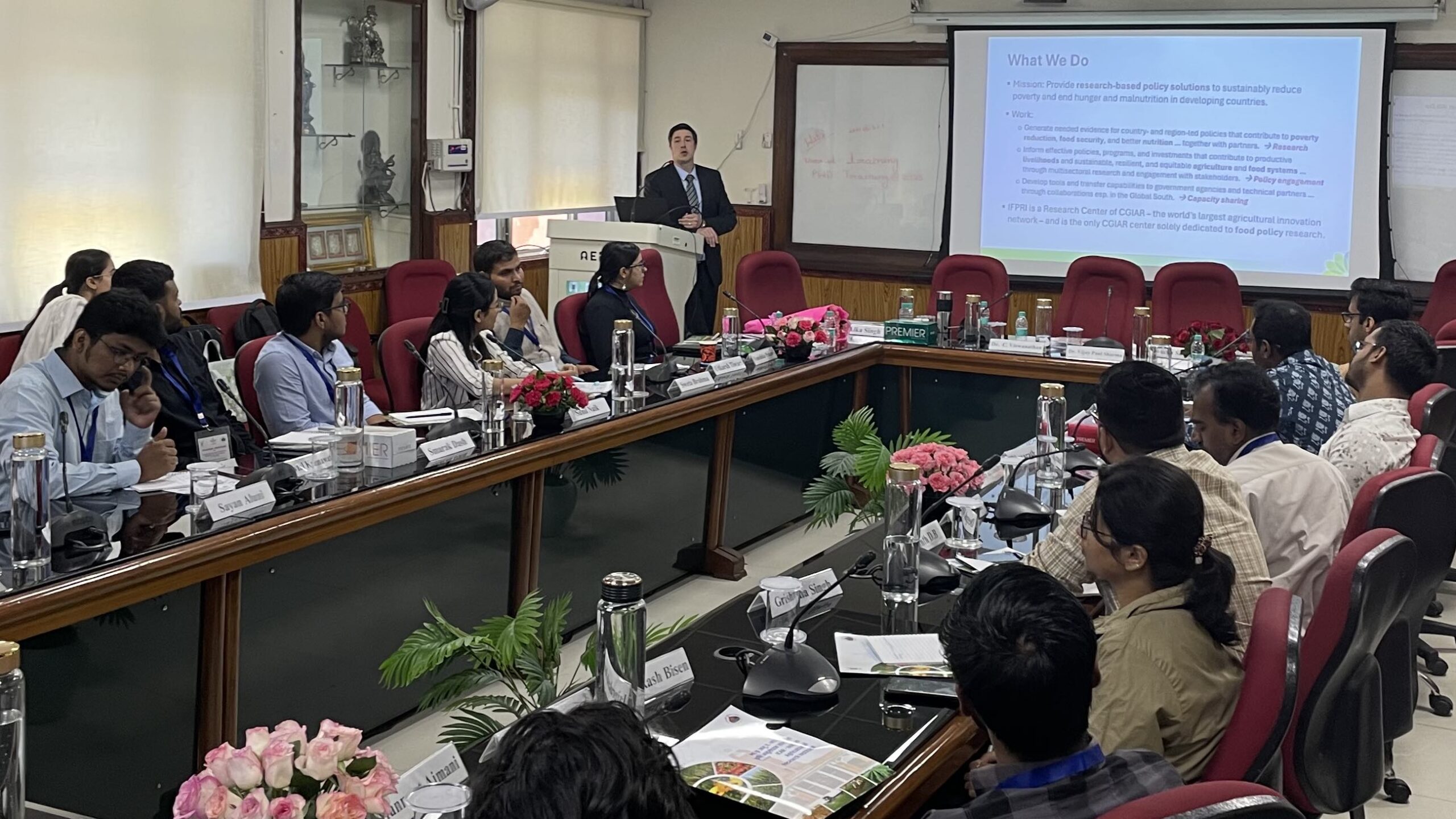Essential to sustaining life and supporting a healthy environment, water is also imperative for economic growth. Yet as water demand for household, industrial, and agricultural uses grows—especially in the developing world—watersheds and irrigated lands are deteriorating and ground and surface water pollution is increasing. Climate change further exacerbates these water woes—now and in the future.
In observance of World Water Day, IFPRI and Veolia released a joint study revealing that inefficient water management—in lieu of available sustainable practices—will significantly undermine society’s ability to grow, and will impact the quality of life of millions of people and our planet’s environmental water resources.
More information from Veolia
Today, 36% of the global population—approximately 2.4 billion people—live in water-scarce regions and 22% of the world’s GDP ($9.4 trillion at 2000 prices) is produced in water-short areas. Moreover, 39% of current global grain production is not sustainable in terms of water use.
Current “business as usual” water management practices and levels of water productivity will put at risk approximately $63 trillion, or 45 percent of the projected 2050 global GDP (at 2000 prices), equivalent to 1.5 times the size of today’s entire global economy. Some 4.8 billion people (52 percent of the world population) will be exposed to severe water scarcity by 2050.
This dire scenario will significantly impact investment decisions, increase economic and operational costs, and affect the competitiveness of afflicted regions. However, if sustainable behaviors and practices are adopted, more than 1 billion people and approximately $17 trillion of GDP could escape exposure to risks and challenges from severe water scarcity. Implementation of sustainable water management practices, including increased access to clean water and associated increased female secondary education, would also reduce by 21 percent the number of children projected to suffer from malnourishment compared to a business-as-usual approach
Learn more about the report here.







